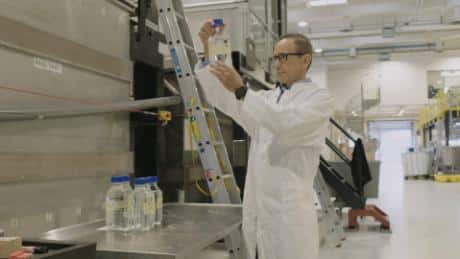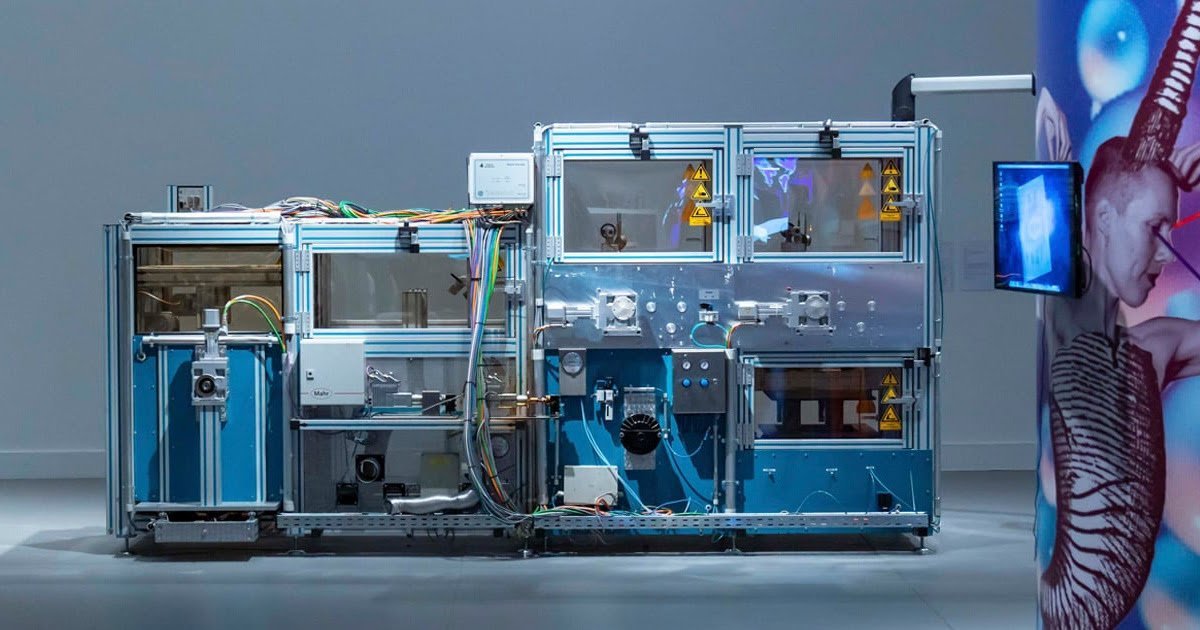The organization of the International Space Station is a small dictionary of efficiency. There are many systems that maximize resources to increase permanence and comfort in a hostile environment like this space.
Among the many systems and needs of astronauts, there is that of recycling all their urine (and waste water) into potable water for drinking.
Today a company that has designed an efficient wastewater recovery system for NASA also aimed the viewfinder on dry land. The hope is that space-like technology could improve access to clean water around the world.
A urine drinking technology is yet another example of how a technology designed to help humanity meet the challenges of living in space could tangibly improve conditions on earth too.
Closed circuit
Sure, astronauts in space have to get creative with their water supply, but that doesn't mean people have to start drinking urine to access clean water.
Rather Aquaporin, the company behind the new system, suggests that the same type of technology could be used to clean up other types of wastewater or filter existing drinking water supplies to the point that they could be used. It can make a difference, and not just in developing countries: in Europe, for example, only the 55% of citizens drink from the tap.
The technology works similar to the way our kidneys filter contaminants from fluids: wastewater flows through proteins called aquaporins that block the passage of everything except the water itself.

Water, source of life
According to CNN, around 2 billion people don't have access to clean drinking water, and a system like Aquaporin could help remove pollution and plastic from the water that ends up in our bodies.
“Aquaporin has enormous potential,” he told CNN Dines Thornberg. He is the innovation manager at BIOFOS, Denmark's largest state-owned wastewater plant. “I think that in the future the Aquaporin system could pave the way for the creation of clean and affordable drinking water from wastewater. I'm really optimistic that we can address the challenges of water scarcity in many parts of the world with technologies like this.”


